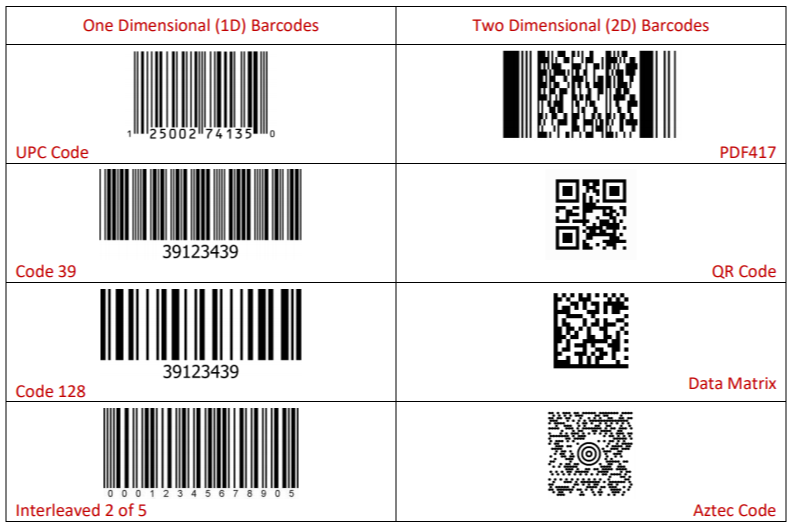The Right Barcode

Choosing the Right Barcode Scanning Technology
Choosing the right barcode scanner involves more than just understanding on how the scanning technology works. It also requires a thorough knowledge of the environment in which the barcode will be used, and then matching the technology to the application. The factors that come into play are:
- The type of barcode to be scanned.
- The scanning technology being considered.
- The distance from which the barcode will be scanned.
- The material/substrate on which the barcode is printed.
- The size of the barcode.
- The quality of the barcode.
- Any impediments to scanning the barcode (such as plastic wrap or moisture)
The Type of Barcode to be Scanned
The type of barcode to be used depends on the application and sometimes even the industry. For example, UPC (or EAN) codes are the mandated barcodes for the retail industry while the Interleaved 2 of 5 code is widely used in the shipping industry. But to select a scanning technology, it’s important to first understand that barcodes will fall into one of two categories. One-dimensional (1D) or twodimensional (2D).
Below are examples of each.

The Scanning Technology Being Considered
One dimensional, or 1D, barcodes can be scanned with virtually any of the technologies available on any mobile computers containing a scan engine
- 1D Linear Imager
- 1D Laser
- 2D Imager
- Near/Far 2D Imager
A 1D Linear imager has a single row of sensors that essentially takes a picture of a 1D barcode and then decodes the image it sees into human readable data. A 2D imager has an array of sensors, instead of a single row, and more sophisticated decoding which allows it to read both 1D and 2D barcodes. Lasers, on the other hand, can only “raster” in one dimension and therefore only “see” the bars and spaces the laser beam cuts across. It cannot see patterns above or below the laser raster line. Consequently, lasers can only read 1D barcodes. The type of barcode being scanned, 1D or 2D, will certainly help to determine the appropriate technology, but other factors will also come into play, such as scan distance, barcode quality, and even cost.
The Distance from Which the Barcode Will Be Scanned
This is a huge factor in selecting the barcode scanning technology. The rule of thumb is that the smaller the barcode, the closer you need to be when scanning. If the scanning activity is close-up, maybe 3 to 12 inches, then a Linear Imager scanner would work fine for scanning 1D barcodes. For distances that may reach out to two or three feet, then a 2D imager would be a good option for scanning either 1D or 2D barcodes, but again, the size of the barcode is an important factor. If the application requires scanning barcodes a little further than three feet, the laser would be a good choice, IF the barcode is 1D. Remember that the laser won’t read 2D barcodes.
Finally, if it is necessary to scan barcodes from several feet away, the Near/Far 2D imager would be the best choice. It can scan a typical Code 39 barcode from as far away as 9 feet. A typical warehouse location label barcode, printed with narrow bar width of 100 mils (2.5mm), can be scanned from as far away as 40 feet. However, there is a trade-off in two areas when selecting the Near/Far Imager. One is that it doesn’t scan small barcodes very well up-close. Scanning a UPC code from a few inches is likely a no-go. The other trade-off is cost. Since the Near/Far Imager is the most versatile scan engine that can read virtually any barcode, and it has a much longer scan range (or depth of field), it is a more complex device and commands a higher price accordingly.
The Material/Substrate on Which the Barcode is Printed
Print contrast plays a big part in scanning barcodes reliably. How much contrast is there between the bars or marks of the barcode, and the background it is printed on? Generally speaking, barcodes are printed on a paper or synthetic material with a white background. If anything causes the background to darken, such as age, abrasion, or surface contamination, the ability to scan the barcodes will be affected. If the barcode is only intended to survive for a short period of time, such as those printed on a shipping box, then this typically isn’t an issue. If the barcode needs to be in use indefinitely, then special consideration needs to be given as to what substrate it is printed on (paper versus synthetic) and if it needs some secondary protection, like a clear laminate. Barcodes that are intended to be permanent and need to be scanned from long distances, are usually printed on a retro-reflective material which maximizes the contrast and scan distance, and also makes the barcode relatively indestructible.
The Size of the Barcode
The size of the barcode was touched on when discussing scan distances, but it should make sense that the bigger the barcode, the further away it can be scanned. There will be limitations when there is only a certain amount of space available for the barcode. In addition, some industry specifications dictate how big the barcode can be, like with UPC barcodes. But in most cases, making the barcode the maximum size given the space available is the practical approach.
The Quality of the Barcode
It should come as no surprise that the quality of the barcode printing has a huge impact on (1) if it can be scanned, and (2) from how far away it can be scanned. If the barcode image has been produced on a printer with a damaged print head, or the label was wrinkled when it was applied, it is almost certain the barcode won’t scan. Imaging technology (Linear Imagers and 2D Imagers) tend to be more forgiving when it comes to bad barcodes because they look at the entire barcode when decoding, while lasers only scan across a single line of the image. If that single raster line happens to be in a part of the barcode that is damaged, the laser won’t read it. The user will have to reposition the laser and try again.
Impediments to Scanning the Barcode
Things that might impede the scanning of a barcode would be shrink wrap on a pallet covering the barcode, or rain drops on the barcode label. Even some form of contaminate such as dirt or grease could impede a good scan. Unfortunately, these things are a very subjective variable. How may layers of shrink wrap? Is it wrinkled over the barcode? How much grease or dirt is on the barcode? Just like when scanning bad barcodes, imaging technology, as opposed to laser, tends to be the most aggressive when trying to scan barcodes in challenging environments. Although, there is no guarantee that every barcode can be scanned every time when these types of impediments exist.
